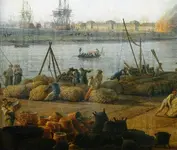Donnie B from VA
Sr. Member
I had been waiting on a nice relic to pose with this map. I got out with two great friends (Danny and Dave) this past Sunday for some colonial cellar hole digging. I have found many bale seals in the past but they were all from the late 1880's to the early 1900's. All of those were used by railroads except for one "pony express" seal. Dave had dug one of these seals at a different site years ago and his example helped me to identify my find.
Sunday, I found another really special relic. I dug a bale seal from the late 1700's! John & Jeremiah Naylor were cloth merchants in Wakefield, England. This bale seal was used to guarantee quality to the importer in the colonies. One of these seals has been archaeologically dated to circa 1775 - 1800. The hand inscribed numerals and symbols on the reverse were written in the late 1700's. How cool is that? I would really like to know what the 18th Century hand written letters and numbers mean on the seal. I can only assume that it was some sort of identification or an inventory of the cloth in the shipment.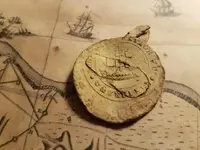
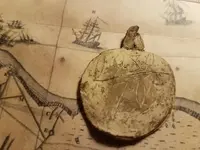
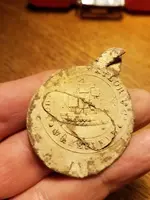
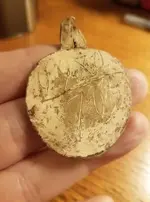
Sunday, I found another really special relic. I dug a bale seal from the late 1700's! John & Jeremiah Naylor were cloth merchants in Wakefield, England. This bale seal was used to guarantee quality to the importer in the colonies. One of these seals has been archaeologically dated to circa 1775 - 1800. The hand inscribed numerals and symbols on the reverse were written in the late 1700's. How cool is that? I would really like to know what the 18th Century hand written letters and numbers mean on the seal. I can only assume that it was some sort of identification or an inventory of the cloth in the shipment.




Attachments
Last edited:
Upvote
16

